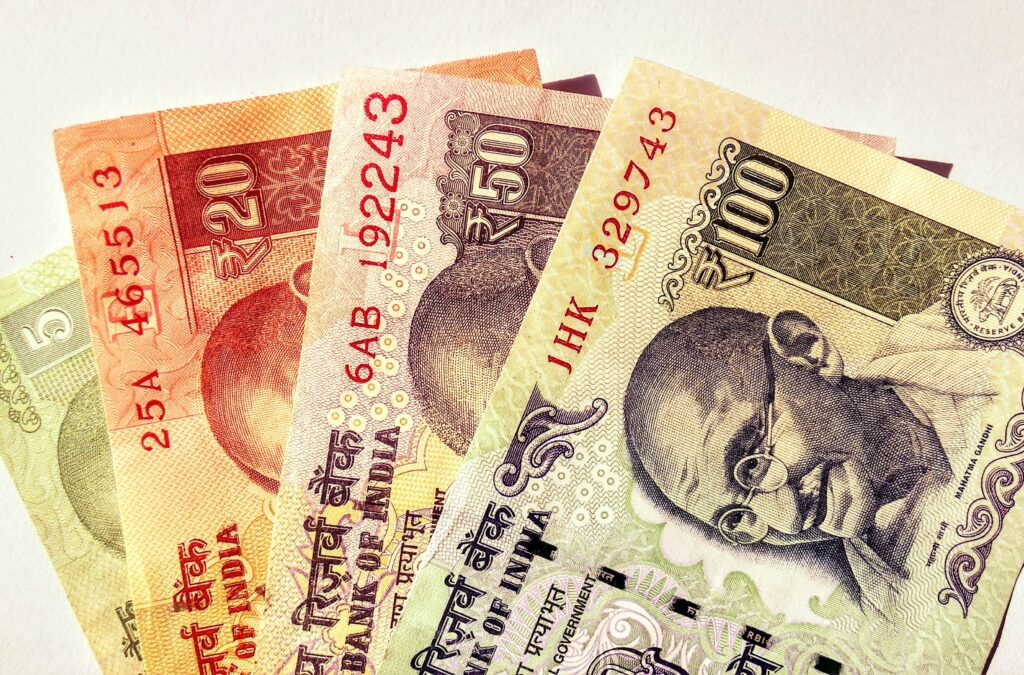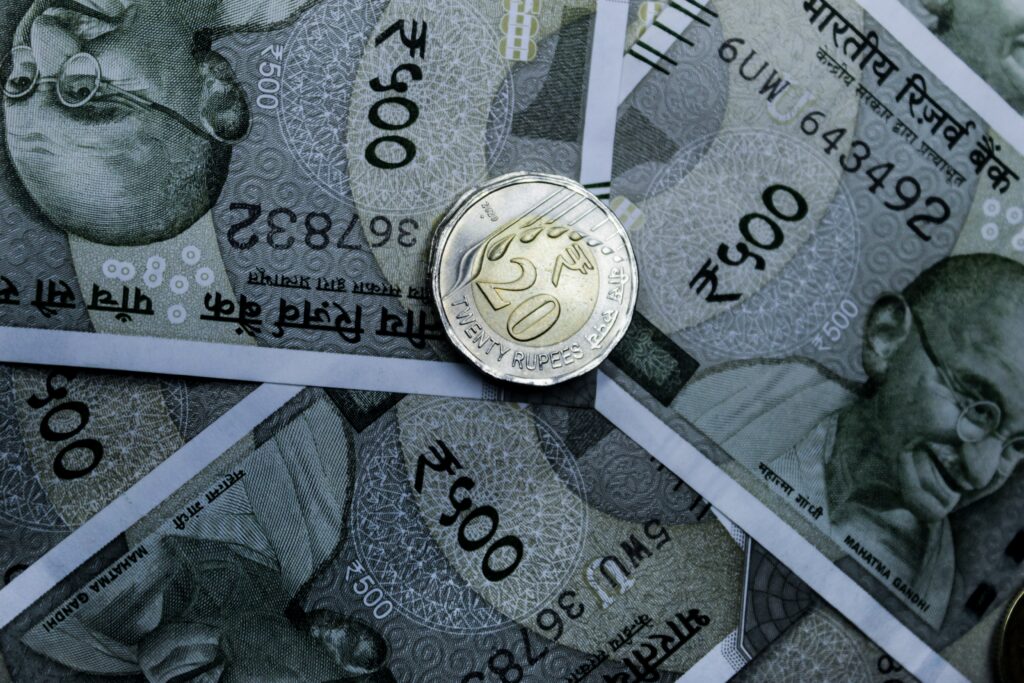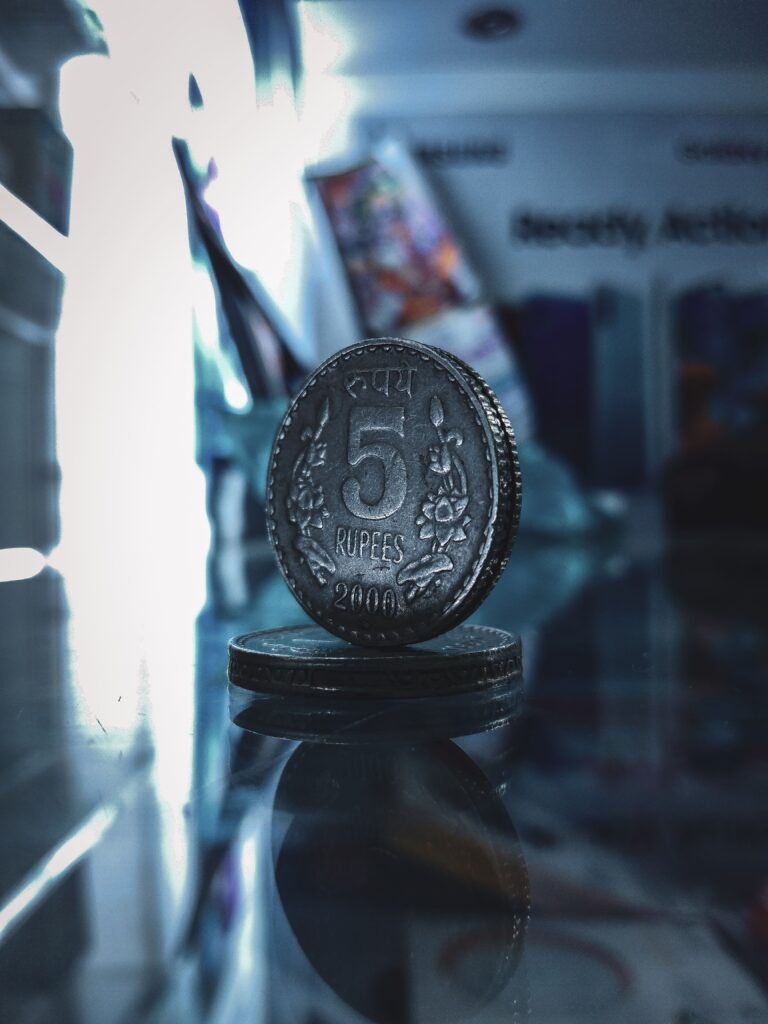CBDC CENTRAL BANK DIGITAL CURRENCY

Central Bank Digital Currencies (CBDCs) are digital forms of fiat money that are issued and regulated by a central bank. They are different from cryptocurrencies in that they are backed by the full faith and credit of the central bank, and they are not decentralized.
The Reserve Bank of India (RBI) is currently conducting a pilot project on a digital rupee. The pilot project was launched in November 2021, and it is expected to last for six months. The project is being conducted in select cities with a limited number of participants.
The pilot project is aimed at testing the feasibility and usability of a digital rupee. The RBI is also looking to assess the impact of a digital rupee on the Indian financial system.

The digital rupee is expected to have a number of benefits. First, it will make payments faster and more efficient. Second, it will reduce the cost of transactions. Third, it will increase financial inclusion. Fourth, it will make it easier to track and trace money. Fifth, it will reduce the use of cash, which will lead to a number of benefits, such as reduced crime and corruption.
However, there are also some potential risks associated with a digital rupee. First, it could be used for illegal activities, such as money laundering and terrorist financing. Second, it could be vulnerable to cyberattacks. Third, it could lead to financial instability if it is not properly managed.
Overall, the pilot project on a digital rupee is a significant development for the Indian financial system. The digital rupee has the potential to revolutionize the way payments are made in India. However, it is important to carefully manage the risks associated with a digital rupee.
Pilot Project: Objectives and Features
The pilot project on a digital rupee has the following objectives:
To test the feasibility and usability of a digital rupee in India.

To assess the impact of a digital rupee on the Indian financial system.
To develop a roadmap for the launch of a full-fledged digital rupee.
Features of the Digital Rupee
The digital rupee will have the following features:
It will be issued by the RBI.
It will be a legal tender in India.
It will be convertible to fiat currency at par.
It will be interoperable with existing payment systems.
It will be secure and reliable.
How the Pilot Project Works
The pilot project is being conducted in select cities with a limited number of participants. The participants include banks, merchants, and consumers.
The banks are responsible for issuing and redeeming the digital rupee. The merchants are responsible for accepting the digital rupee as payment for goods and services. The consumers are responsible for using the digital rupee to make payments.
To use the digital rupee, consumers need to create a digital wallet. The digital wallet can be created on a smartphone or computer. Once the digital wallet is created, consumers can deposit fiat currency into it. They can then use the digital wallet to make payments to merchants.
To accept the digital rupee, merchants need to create a merchant account. The merchant account can be created with a bank. Once the merchant account is created, merchants can start accepting payments in digital rupees.
Benefits of a Digital Rupee

A digital rupee is expected to have a number of benefits, including:
Faster and more efficient payments: Digital payments are typically faster than traditional payments, such as cash and cheques. This is because digital payments can be processed in real time.
Reduced cost of transactions: The cost of processing digital payments is typically lower than the cost of processing traditional payments. This is because digital payments do not require the use of cash or cheques.
Increased financial inclusion: A digital rupee could help to increase financial inclusion by making it easier for people to access and use financial services.
Easier to track and trace money: Digital payments can be tracked and traced more easily than traditional payments. This could help to reduce crime and corruption.
Reduced use of cash: Reducing the use of cash could lead to a number of benefits, such as reduced crime and corruption.
Risks of a Digital Rupee
There are also some potential risks associated with a digital rupee, including:
Use for illegal activities: A digital rupee could be used for illegal activities, such as money laundering and terrorist financing.

Vulnerability to cyberattacks: A digital rupee could be vulnerable to cyberattacks. This is because digital payments are processed electronically
Financial instability: A digital rupee could lead to financial instability if it is not properly managed. This is because digital payments can be made quickly and easily.
Conclusion
The pilot project on a digital rupee is a significant development for the Indian financial system. The digital rupee has the potential to revolutionize the way payments are made in India. However, it is important to carefully manage the risks associated with a digital rupee.
This is just a start of digitalization of the money, a dream of our Prime Minister. This saves a lot of money of our country a waste in printing of the currency notes and managing the system of paper currency.

